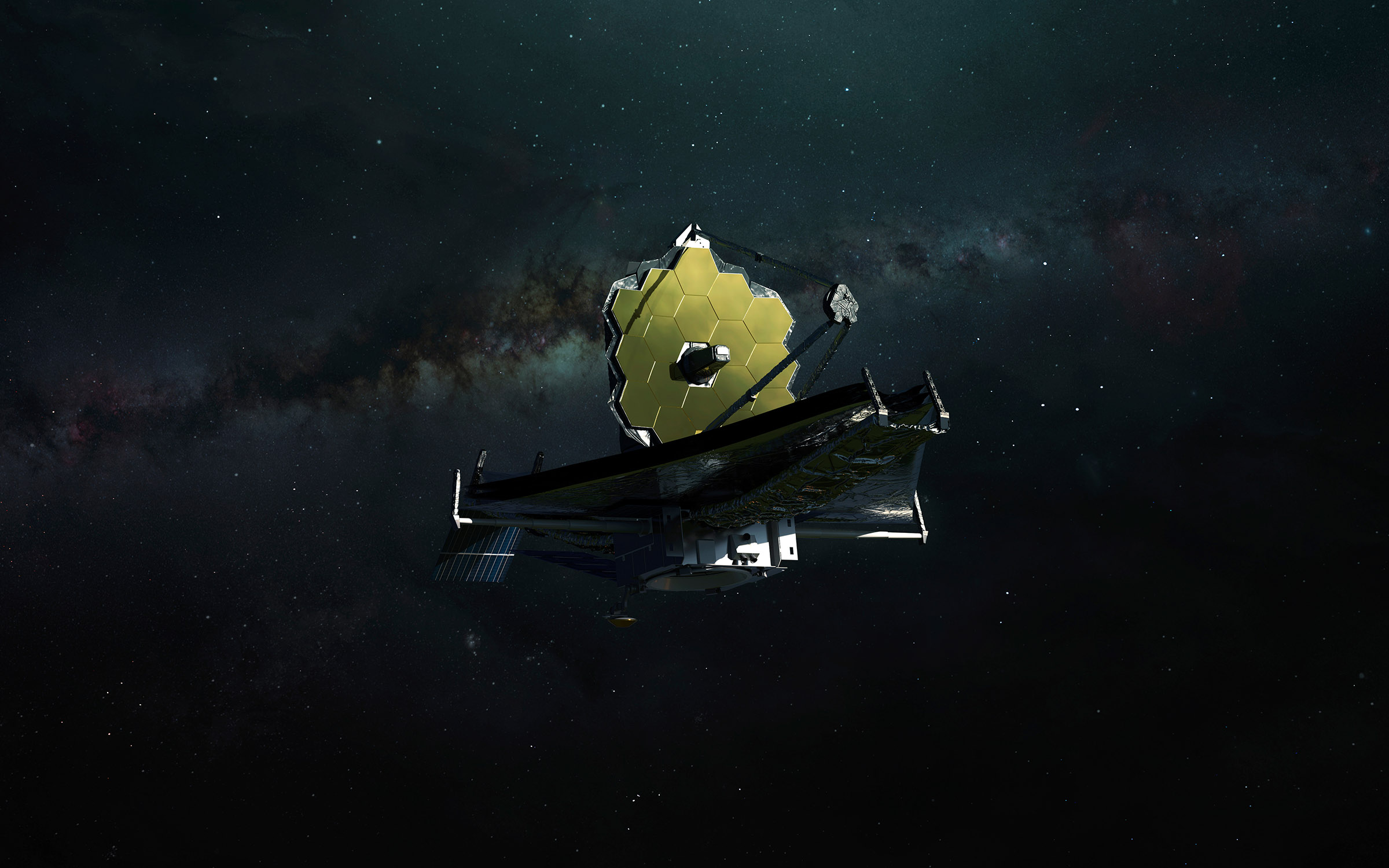James Webb has spotted an asteroid the size of the Roman Colosseum. Astronomers say that the 300 – 650 foot asteroid is part of our solar system’s main belt, and that it was originally spotted between Mars and Jupiter. It’s likely the smallest item that Webb has detected to date.
“We — completely unexpectedly — detected a small asteroid in publicly available MIRI calibration observations,” Thomas Müller, an astronomer at the Max Planck Institute for Extraterrestrial Physics in Germany, explained. These Webb observations weren’t meant to detect new asteroids.
Instead, the observations were meant to create calibration images of the main belt asteroid 1998 BC1, originally discovered in 1998. However, while collecting data for the calibration images, James Webb detected the smaller asteroid instead.

In fact, astronomers involved with the observations say that they considered them to fail for technical reasons because of the brightness of the object and an offset of the telescope’s pointing. Despite that, the team was still able to gather data from Webb on the new, smaller asteroid.
If confirmed, the new asteroid’s detection could help astronomers shed new light on humanity’s understanding of the formation and evolution of the solar system. And, it could also prove Webb’s efficiency at detecting smaller objects like this asteroid, too. That could prove helpful in future observations.
Astronomers will look at additional position-relative data to help determine whether or not the James Webb space telescope has, in fact, detected a new asteroid, or if the data is actually something else.
Discovering a new asteroid might seem small beans compared to Webb’s first images, but it’s still an impressive feat for the young space telescope to pull off. With some fine-tuning, it could even aid astronomers in the ongoing hunt for planet-killer asteroids that many believe may be hiding within our solar system.
The astronomers published a paper on the discovery in Astronomy and Astrophysics.







